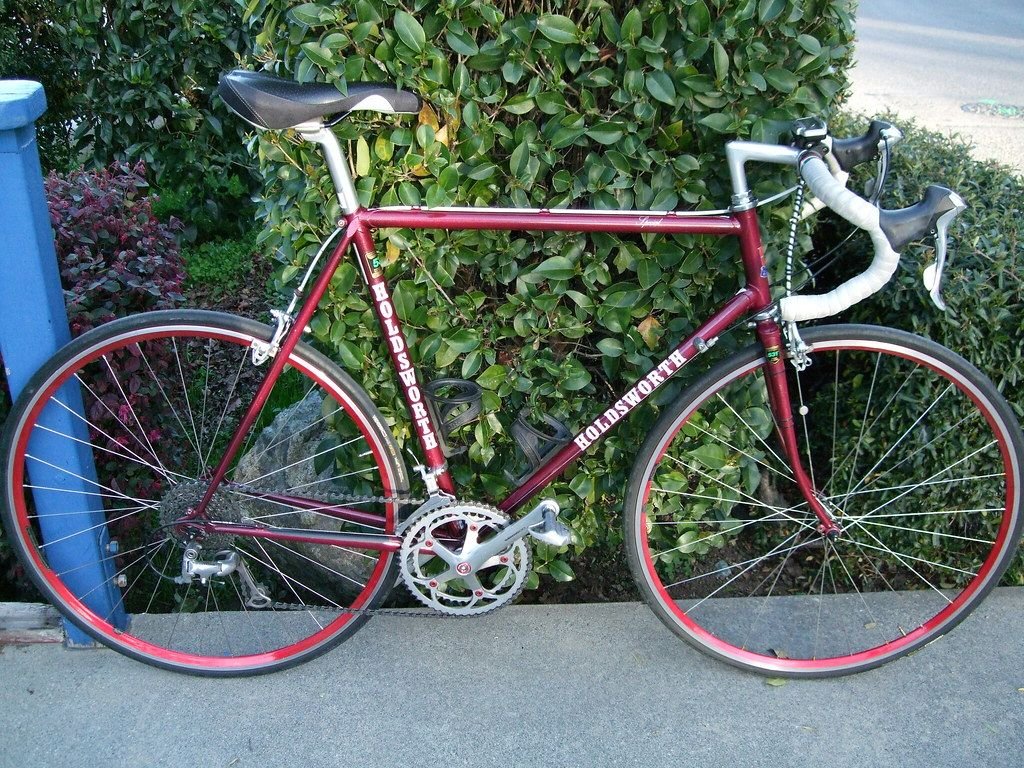As mentioned by non-fixie and repechage, having a narrower front chainring spread like 49/42 allows one to use a wider-range freewheel using the NR rear derailer.
I prepared a 1961 Raphael Geminiani for a guy who did Eroica using a 14-32T 6s freewheel using a NR rear derailer.
I got it to work through the whole range by adjusting chain length and axle position in the dropouts.
Tightening the chain was the key to clearing the biggest cog.
The narrower spread of chainring size definitely made this possible based on what I've learned from my previous struggles using the NR rear mech.
Always ensure that shifting to the big-big won't result in the chain "sticking" on the big-cog position, and that the chain doesn't go over-tight where there is sudden resistance felt at the pedals. Testing and adjusting in the bike stand is really useful here, even as I normally don't use a stand at all when building or working on bikes.
A slight bit of rumble felt in the small ring and biggest rear cog won't hurt anything when used only occasionally as expected on the hardest climbs.
I similarly use a 12-34t 9s cassette and 52/42t chainrings with an Ultegra 6503 Triple rear derailer rated for a maximum of 27t. I get just a hint of rumble as the top pulley just touches the largest cog when in the small chainring. It's a great setup that gives no problems over years of use! Shown below:
